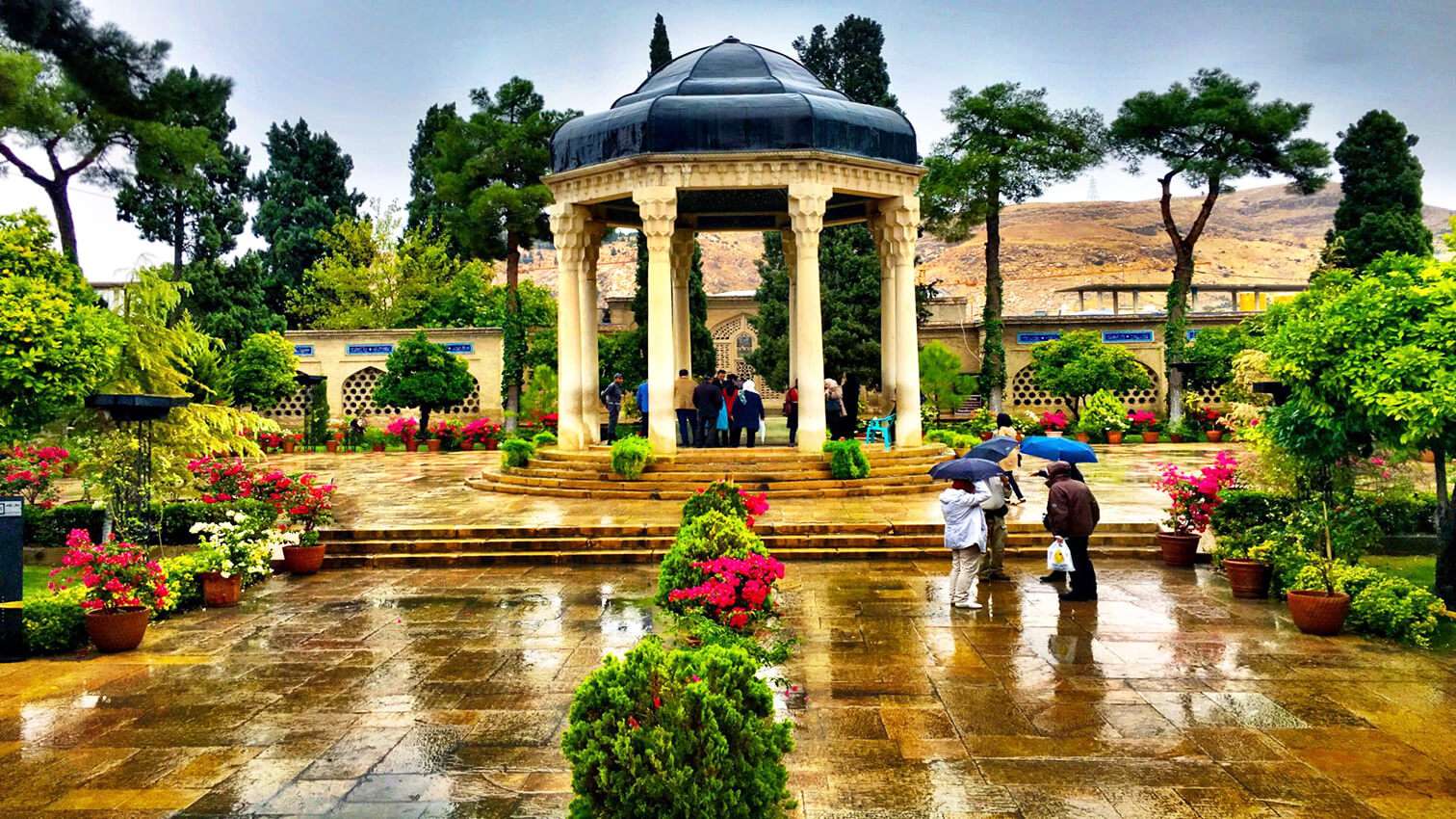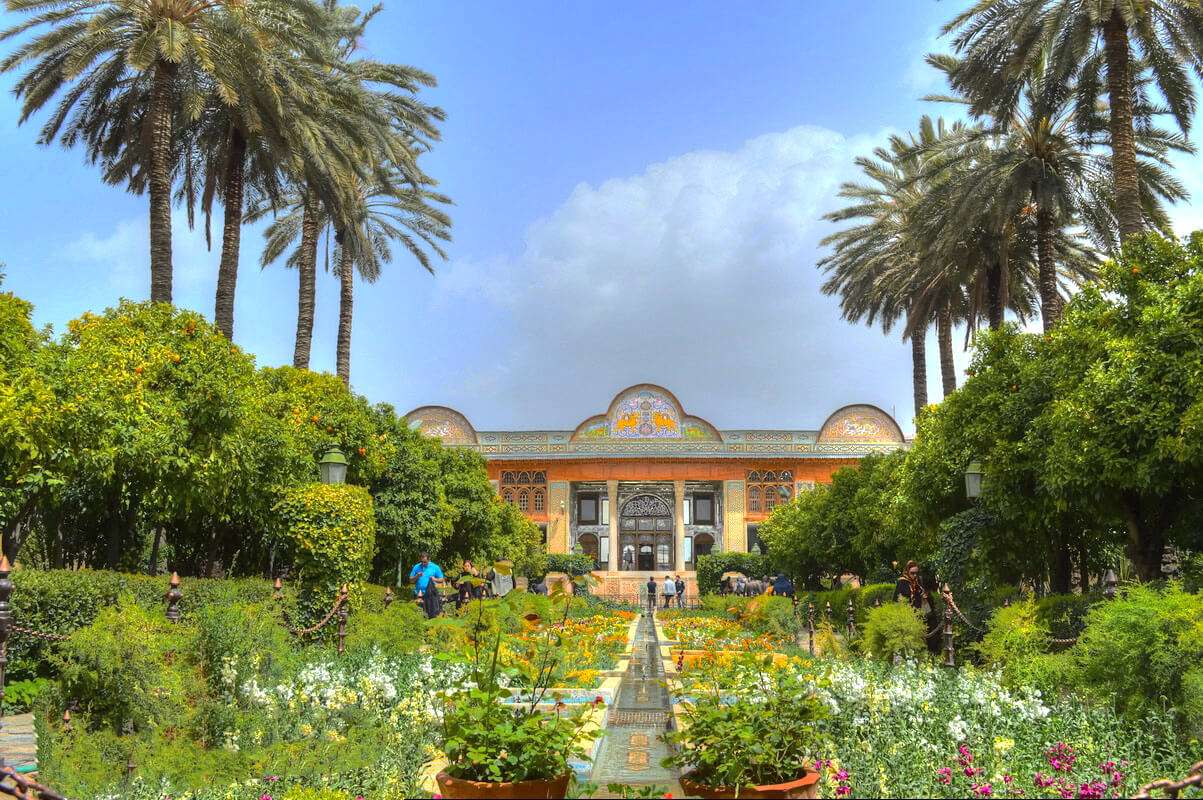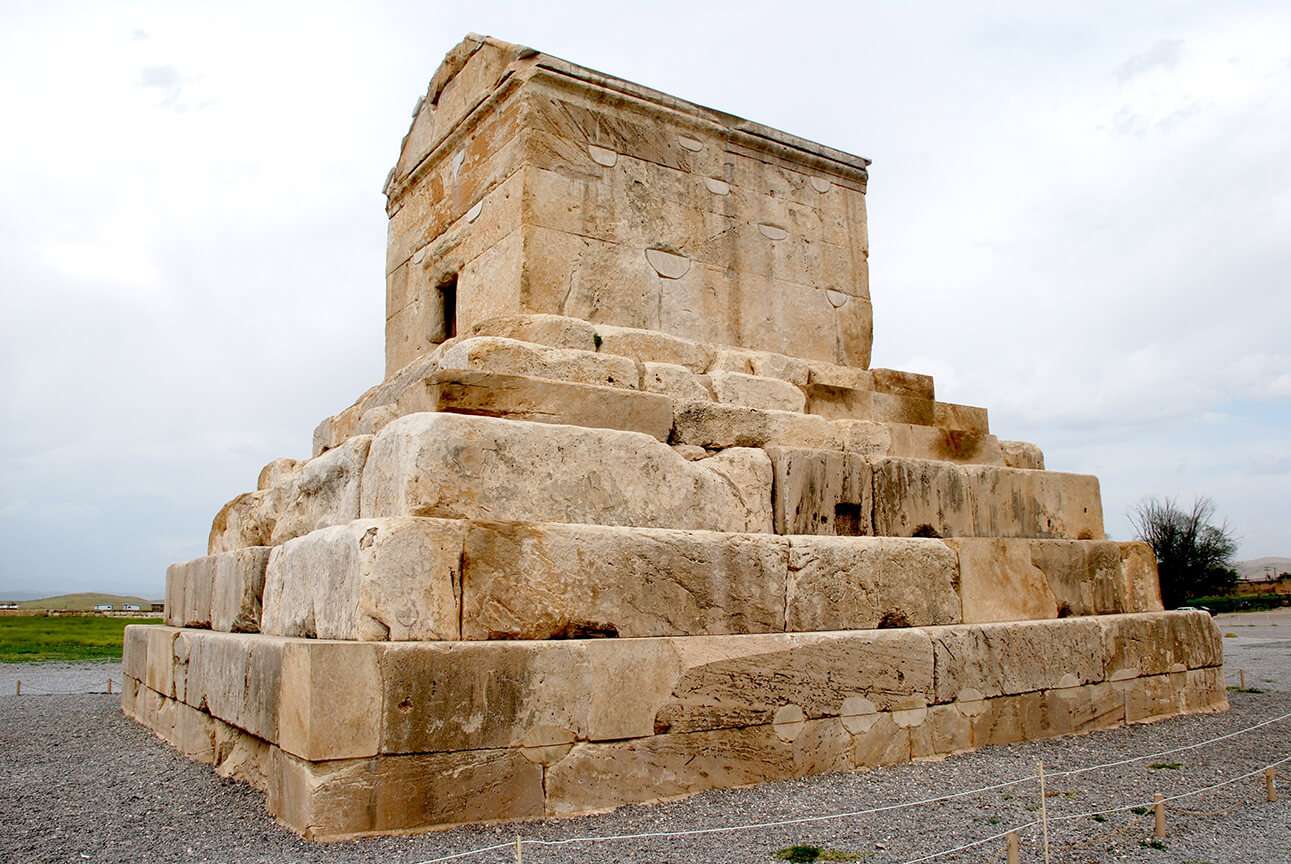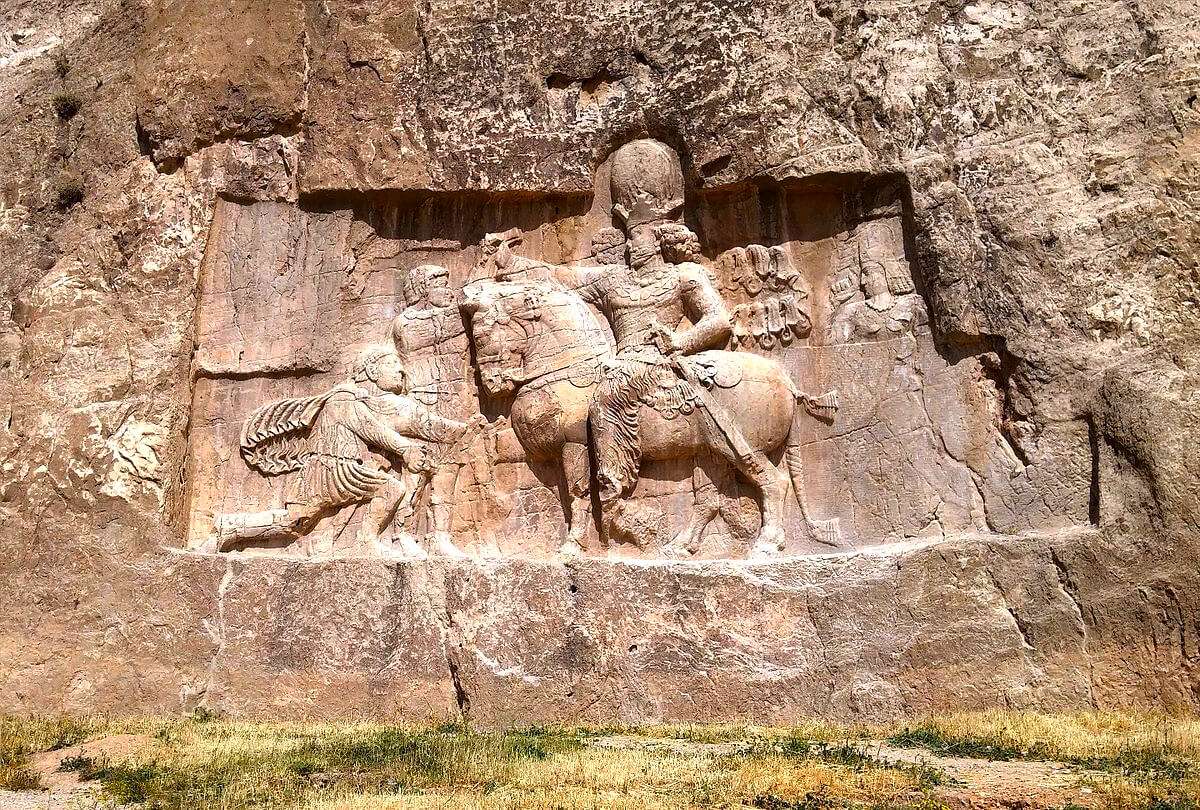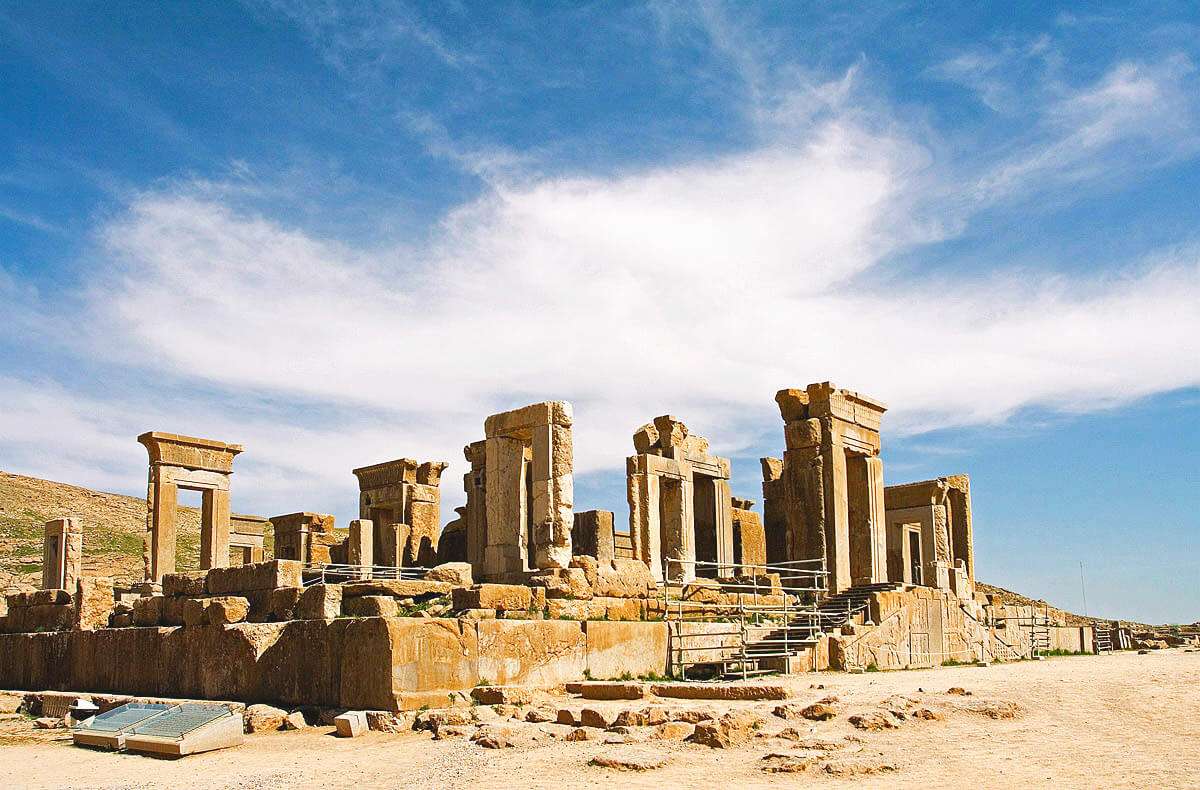Tourist Attractions & Activities in Fars Province
Fars Province
Fārs province located in the southwest of Iran, has its root in the ancient eras. In fact, the current region of Fars is a part of the satrapy of Parsa (Persis or Parseh), which was the home of the Persian tribe of Parsua in 700 B.C. In 550 B.C. Cyrus the Great from Achaemenid dynasty overthrew the Median Empire and Parsa became the center of the Achaemenid Empire. Cyrus designated Pasargadae as his capital and Darius the Great built his new capital about 30 years later near Pasargadae and named it Persepolis, meaning Persian city. Since then, the land of Fars has been an important and strategic area in Iran and has been the cradle of successive dynasties in different periods of history. Other than hosting the capital of the Achaemenid Empire, the Fars Province also became the home for Kings of the Sassanid Empire as they established their capital at the city of Estakhr.
In the Islamic era, Fars remained an important region over which different dynasties quarreled from time to time. But under the rule of Zand Dynasty in the 18th century, Fars regained its previous grandeur, when Karim Khan Zand chose Shiraz as his capital.
The province of Fars comprises three regions in terms of climate: The northern and northwestern areas which go through cold winters and mild summers thanks to the Zagros Mountain range, and enjoy fertile lands and orchards, ski resorts, rivers, and lakes; the central areas with mild and relatively rainy winters and hot summers, plenty of Persian lime, sour orange orchards; and finally, the southern and southeastern areas with cold winters and hot summers.
With more than 4800000 people who live in the total of 29 counties of the province, the vast majority of the Fars population are Persians and to the most part Qashqai nomadic tribes. Lur, Kurd, Arab and Georgian tribes are the minorities.
Fars province boasts more than 60 historical heritages and over 50 natural attractions spread all over the province. Shiraz as the center of the Province, is one of the main tourist destinations in Iran. The city, boasting iconic monuments mostly from Zand and Qajar eras, fascinates every visitor especially in the spring when the sour orange trees are at blossom.
Fars Province is also known for high-quality handicrafts and souvenirs like Gabbeh rugs, marquetry, inlaid wood products, and a variety of tasty sweets.



